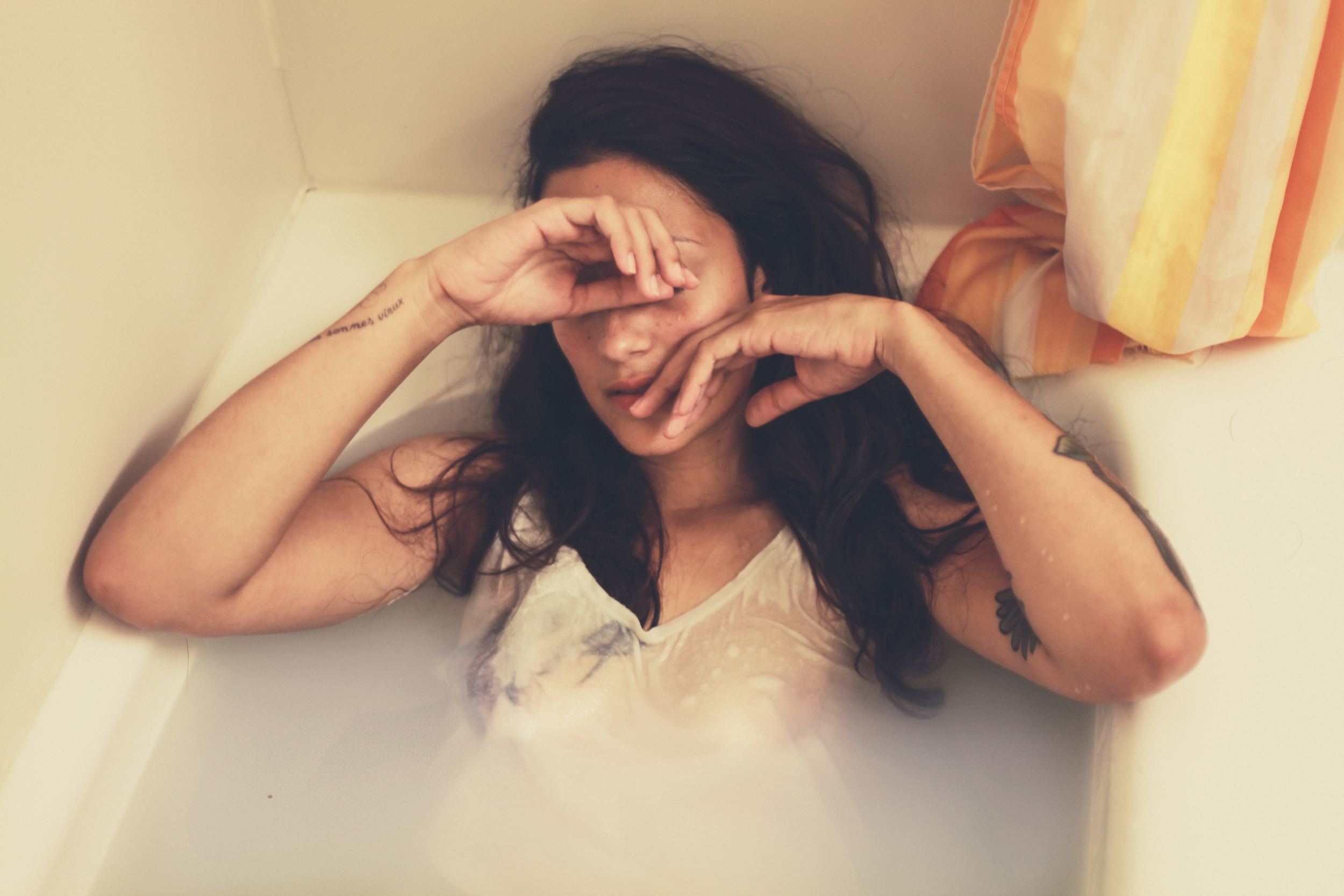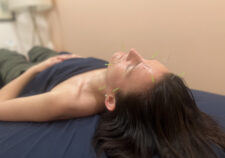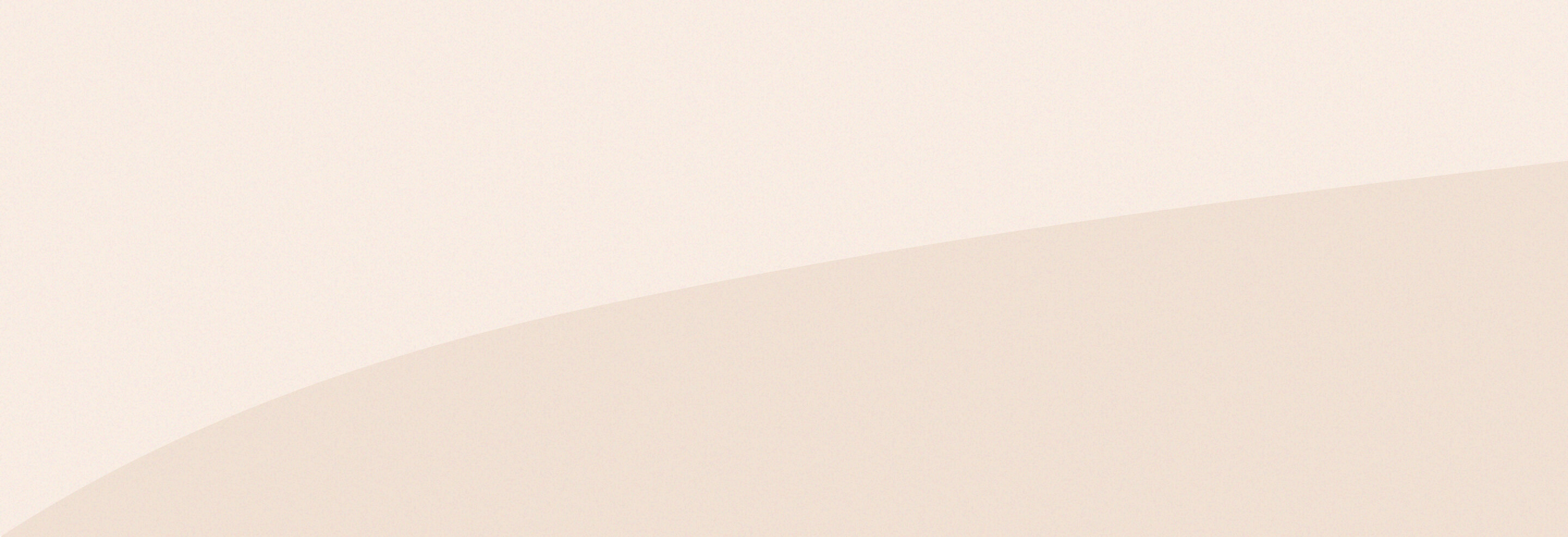Ten years ago the National Institute of Health wrote that acupuncture was a promising treatment for chronic headaches but warned that more studies were needed to draw firm conclusions. Those studies have now been done and the results support the early promise.
A review of 25 clinical trials was published in the December issue of Anesthesia and Analgesia and showed that acupuncture was an effective headache treatment. Many of our local acupuncture patients would agree. At our center, we treat people who suffer from migraines, tension headaches, cluster headaches as well as headaches related to trauma, sinus problems, hormonal imbalances, and high blood pressure.
We use acupuncture to treat an acute headache and can usually provide relief straight away. We also combine acupuncture and herbs to treat the root of the problem, aiming to stop headaches before they start. Many patients who have received an initial course of treatment at our center now find that they only need to come in 3 -4 times a year, for maintenance, in order to keep their headaches at bay.
In Traditional Chinese Medicine, headaches are divided into 9 different patterns according to Chinese medical diagnosis.
Wind-Cold Pattern
This is usually the kind of headache that accompanies a cold or allergies. It is associated with body pains, neck and shoulder tension, and an aversion to cold temperatures and drafts. The main herbs we use are ligustici wallichii (Chuan Xiong), schizonepetae (Jing Jie), and ledebouriellae (Fang Feng).
Wind-Heat Pattern
Again this is the kind of headache that accompanies a cold or allergies only this time there are more fever and inflammation. Key symptoms are a painful swollen sensation in the head, fever, body aches, red face, sore eyes, thirst, constipation and dark-colored urine. The main herbs we use are ligustici wallichii (chuan xiong), actractylodis (bai zhi), and chrysanthemum (ju hua).
Wind Dampness Pattern
Patients who suffer from this type of headache tell us that it usually comes on in rainy or humid weather. It particularly affects people with sinus problems. The head feels heavy and full and some people describe it as like having a tight band around their head. Other symptoms include a cloudy mind, a feeling of heaviness in the whole body, chest tightness or congestion and loose stools. Useful herbs for this condition are notoptergii (qiang huo), duhuo radix (du huo), and ligustici wallichii (chuan xiong).
Liver Yang Rising Pattern
This pattern is common in migraine sufferers. It is also frequently related to stress. Key symptoms include sharp pain with dizziness or visual disturbances, anxiety, insomnia, pain under the ribcage, red face and a bitter taste in the mouth. We use the following herbs for this pattern – gastrodiae elatae (tian ma), and uncariae (gou teng).
Kidney Deficiency Pattern
These headaches affect people who are already feeling weak and run down. The pain is mild and some patients describe it as an empty feeling. There can also be dizziness, sore back, fatigue, and ringing in the ears. The main herbs are tonics such as rehmannia (shu di huang), corni officinialis (shan zhu yu), dioscoreae (shan yao), and lycii chinensis (gou qi zi).
Blood Deficiency Pattern
This kind of headache affects people who are tired and also people who are anemic or have lost a lot of blood. Some women get these headaches after their period. Symptoms include mild pain with dizziness, heart palpitations, fatigue and pale complexion. The most useful herbs for this type of headache are angelica sinensis (dang gui), paeoniae lactiflorae (bai shao), rhemannia (sheng di huang), and ligustici wallichii (chuan xiong).
Qi Stagnation Pattern
This pattern often causes women to have headaches premenstrually or at ovulation. The headaches can be severe and are accompanied by mood swings, fatigue, and sometimes breast tenderness, food cravings and skin break outs. The main herbs we use are bupleurum (chai hu), angelica sinensis (dang gui), paeoniae lactiflorae (bai shao) and ligustici wallichii (chuan xiong).
Blood Stagnation Pattern
This kind of headache is often related to head trauma. It involves a chronic, sharp pain in a fixed location; The herbs we use for this pattern include persicae (tao ren), carthami tinctorii (hong hua), and paeoniae rubra (chi shao).
Phlegm Retention Pattern
These headaches are most common in patients who eat a lot of sweets and fatty food. Some migraines follow this pattern and present with dull head pain, a feeling of heaviness, nausea, a sensation of fullness, and heaviness in the chest. Herbs for this pattern include pinelliae (ban xia), citri reticulatae (chen pi), and atractylodis (bai zhu).






